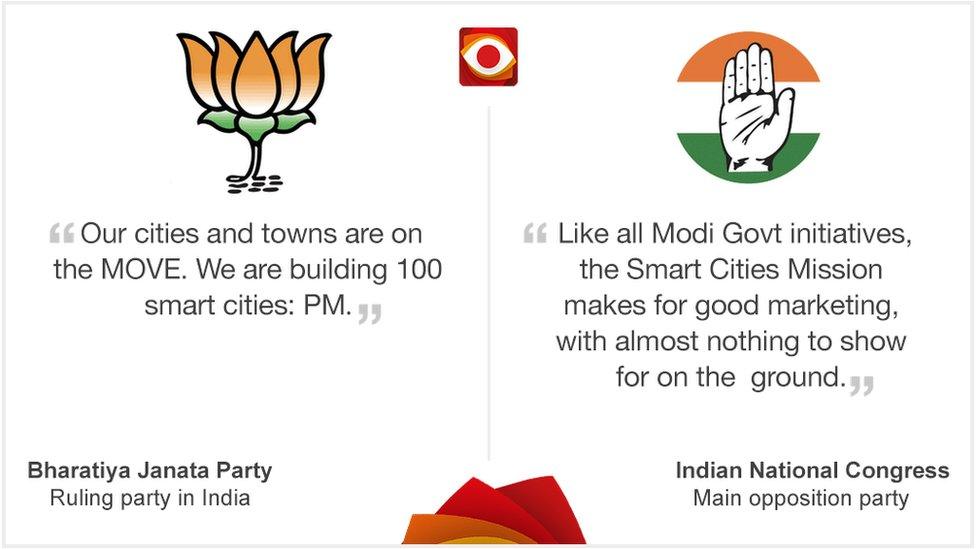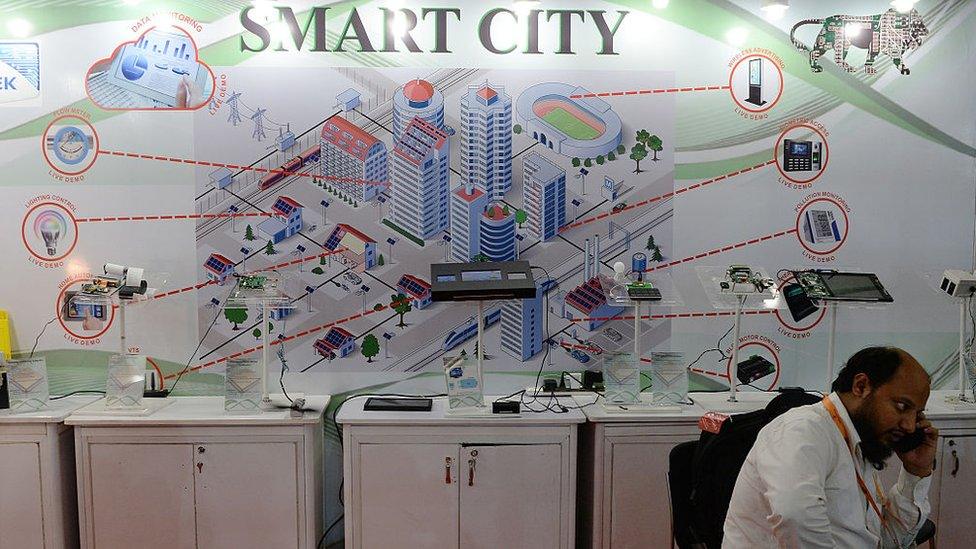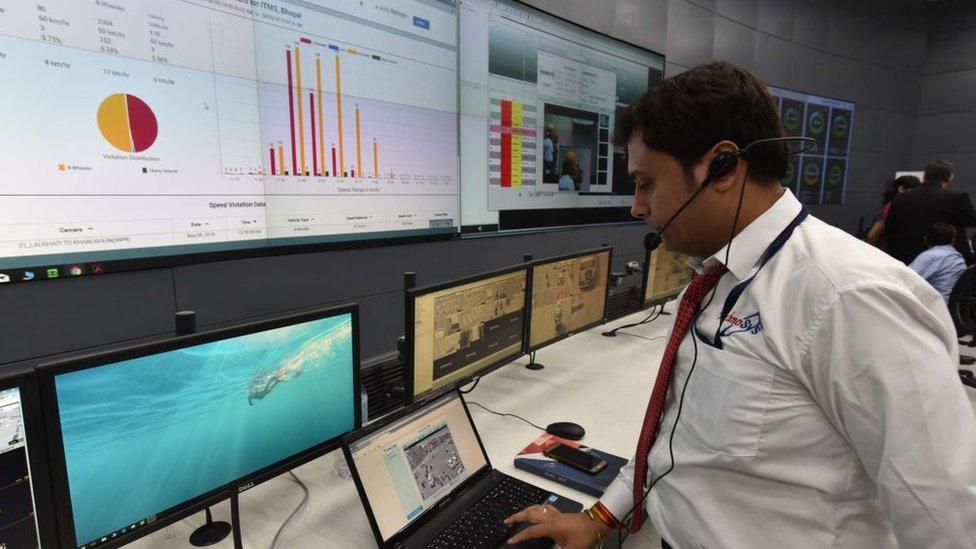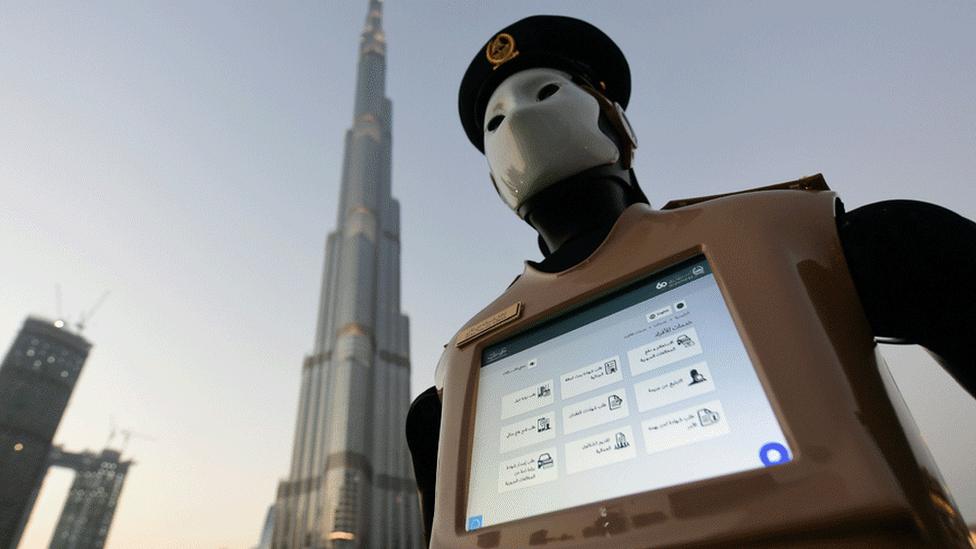India election 2019: Have 100 'smart cities' been built?
- Published

India's urban population is growing rapidly and is expected to reach 600 million in the next decade.
Its cities are already creaking under the strain of poor infrastructure and inadequate public services.
The government has undertaken a major investment programme to modernise selected cities across the country.
In the run-up to the Indian election, which gets under way on 11 April, BBC Reality Check is examining claims and pledges made by the main political parties.

Pledge: In 2015, the Indian government made a commitment to invest in 100 'smart cities' over five years.
Verdict: The project timeline has been delayed as not all the cities were not chosen at the start of the programme, and only a small portion of the funds allocated have been used so far.


What is a smart city?
The government makes it clear there's no single definition of a smart city.
But it's pledged to allocate funds to improve the quality of life in 100 selected cities, using the latest technological developments.

Under the government's Smart Cities Mission, 100 cities were chosen from across the country, with the last batch only selected in 2018.
These delays have led to the project missing its original deadline, which has now been extended to 2023.
Under the programme, each smart city is to be provided annual federal support, with some contributions from state and local city bodies.

Read more from Reality Check

Has the project delivered?
By February 2019, the government had approved 5,151 projects worth about 2,000bn rupees (about $29bn) under the Smart Cities Mission.
It says 715 of the projects have now been completed, and another 2,304 are under way.

However, the official data shows a significant difference between allocated funding and actual project spending.
A total of about 166bn rupees ($2.39bn) had been allocated to the Smart Cities Mission between 2015 and 2019.
But in January this year, the government acknowledged that just 35.6bn rupees ($0.51bn) had been utilised - about 21% of the total., external

The command and control centre in Bhopal city
There's also been concern voiced about how the money is being used.
Out of the projects approved so far, about 80% will be spent on developing areas within cities - rather than the whole city.
One NGO, the Housing and Land Rights Network, has labelled the Smart Cities Mission a "smart enclave scheme", external.
Some analysts argue the mission focuses on new projects, rather than on enhancing the capacity of existing local bodies in urban areas.
So, offering bicycle-sharing facilities or building parks may not be enough unless thought is given on how to integrate them into overall city planning, they say.
"The lack of coordination between implementing agencies, external is a major reason why the intended benefits are still not visible to the public," said a parliamentary committee report.
The government says it has offered training courses to boost the capacity of existing local bodies - but it's not clear how successful these have been.
The government says the pace of the project has picked up significantly in the last year, external.
"There has been a 479% increase in projects completed since October 2017," it told India's parliament in December.
Hardeep Singh Puri, the minister of state for housing and urban affairs, told the BBC that 15 integrated command and control centres are already operational under the project.
"If we have 50 of these completed by December 2019 out of the 100 required, my view is that this is one of the fastest implemented projects of this kind anywhere in the world."



- Published10 June 2018
